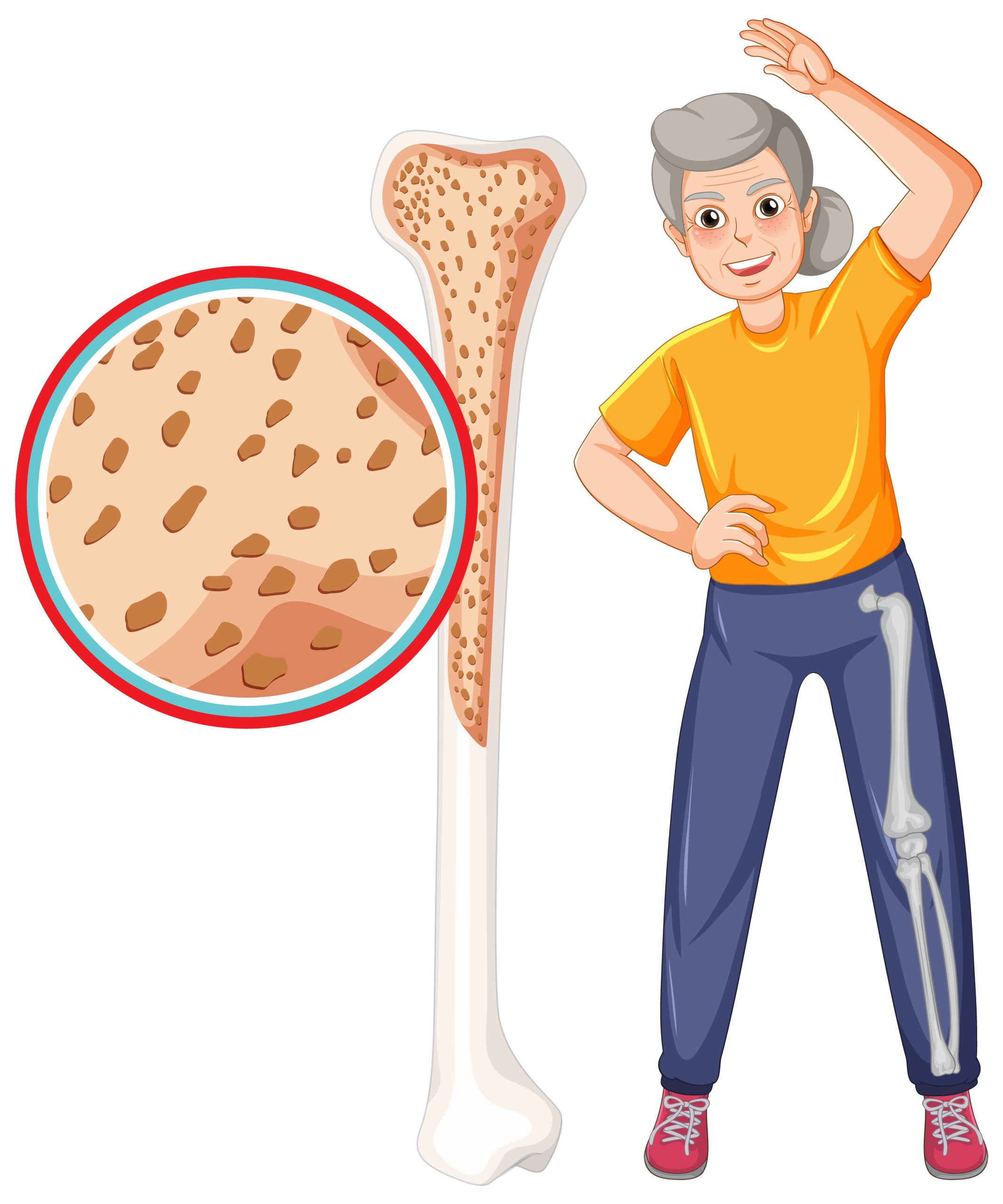staying healthy
Keeping your body healthy is a great way to prevent some types of joint problems and slow the progression of other conditions. There are many ways to aid your bones and soft tissues to be strong and healthy and minimize accidents.
Bones support our structure, protect our organs, and store calcium which is used not only in the bone itself but in every cell in our bodies. Healthy bones are constantly regenerating themselves by removing older bone and replacing it with new bone. Good nutrition and physical activity help to support the construction of new bones. As we age, it is important to maintain a healthy, active lifestyle to prevent bone loss, called osteoporosis.
For most people, bone mass peaks between the ages of 25 - 30. During periods of rapid growth, it is particularly important to get lots of exercise and good nutrition. As we age, everyone loses bone mass. Starting with the best storage house possible and maintaining a healthy diet and regular exercise will slow the loss as much as possible and help prevent the development of osteoporosis. Women have a higher risk of developing a problem because they have smaller bones than men and menopause causes a large drop in estrogen which leads to rapid bone loss.
Exercise helps increase circulation and promote healing in the joints. It strengthens the muscles around the joint to help alleviate the pressure on the bones and tissues. It can also help you shed excess pounds which relieves some of the stress on the joints.
Exercise helps with posture and balance. These are critical to reduce the risk of falling.
Pain in the joints from arthritis can cause people to withdraw from activities and modify movements. However, this can actually make the condition worse.
Consult with your primary care physician for guidance on beginning an exercise program.
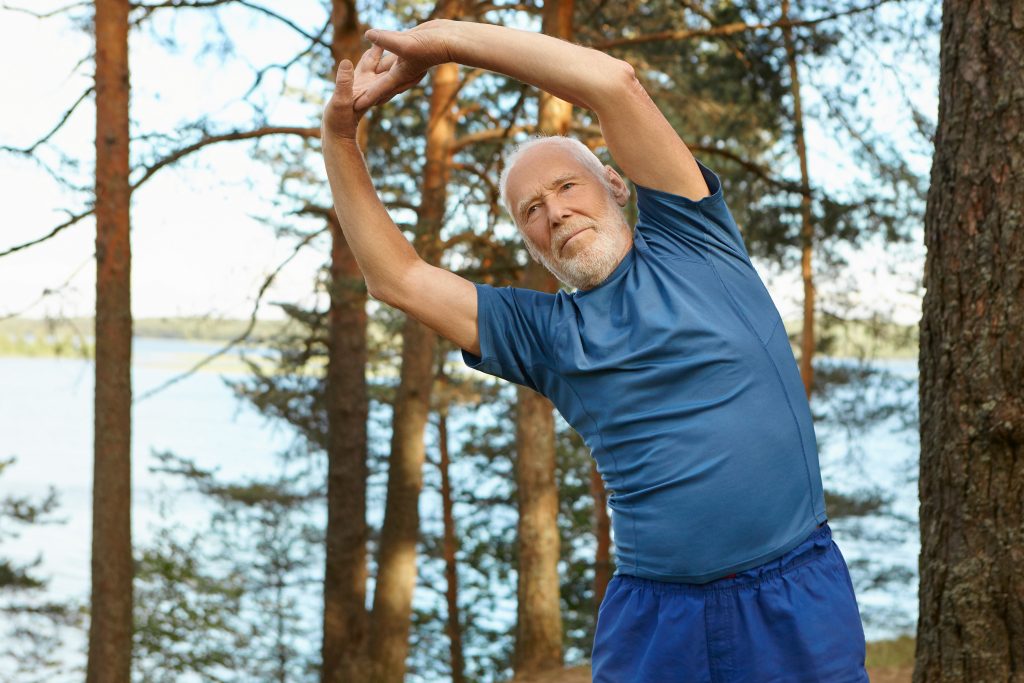
The Importance of Warming Up & Cooling Down
Warm up your muscles and increase circulation with light aerobic exercise before beginning your sport or exercise routine. This helps to prevent injuries. After you have warmed up, spend some time stretching all of your muscle groups to increase flexibility. Aim for 5 - 10 minutes of warming up and stretching.
After you have completed your exercise, it is important to cool down by stretching again. It helps reduce muscle soreness and stiffness. It brings your heartbeat back down to a resting rate and helps prevent injuries.
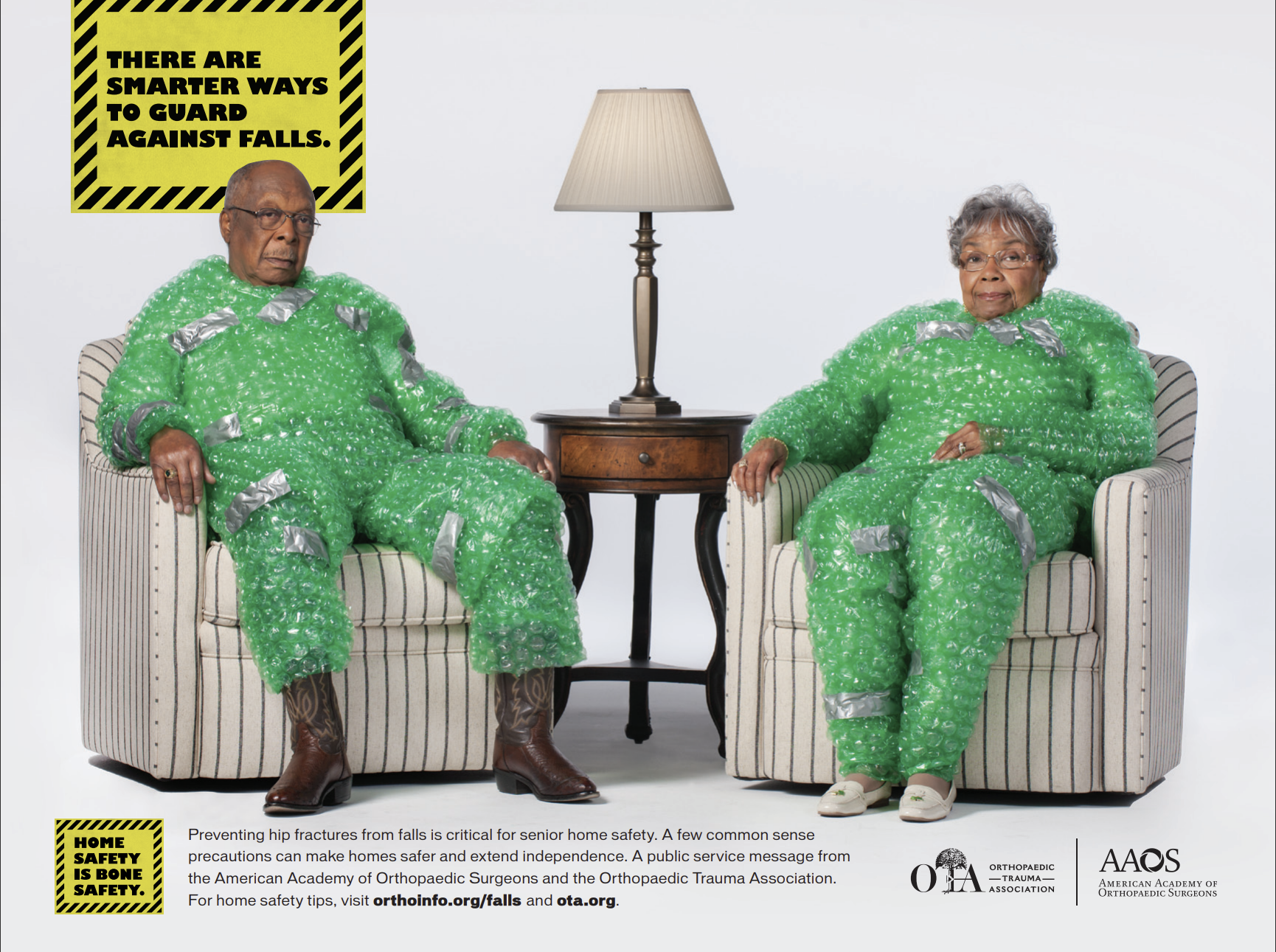
Most hip fractures are caused by conditions that weaken the bone, and the impact of a fall. Seniors are at greater risk for serious falls for a variety of reasons.
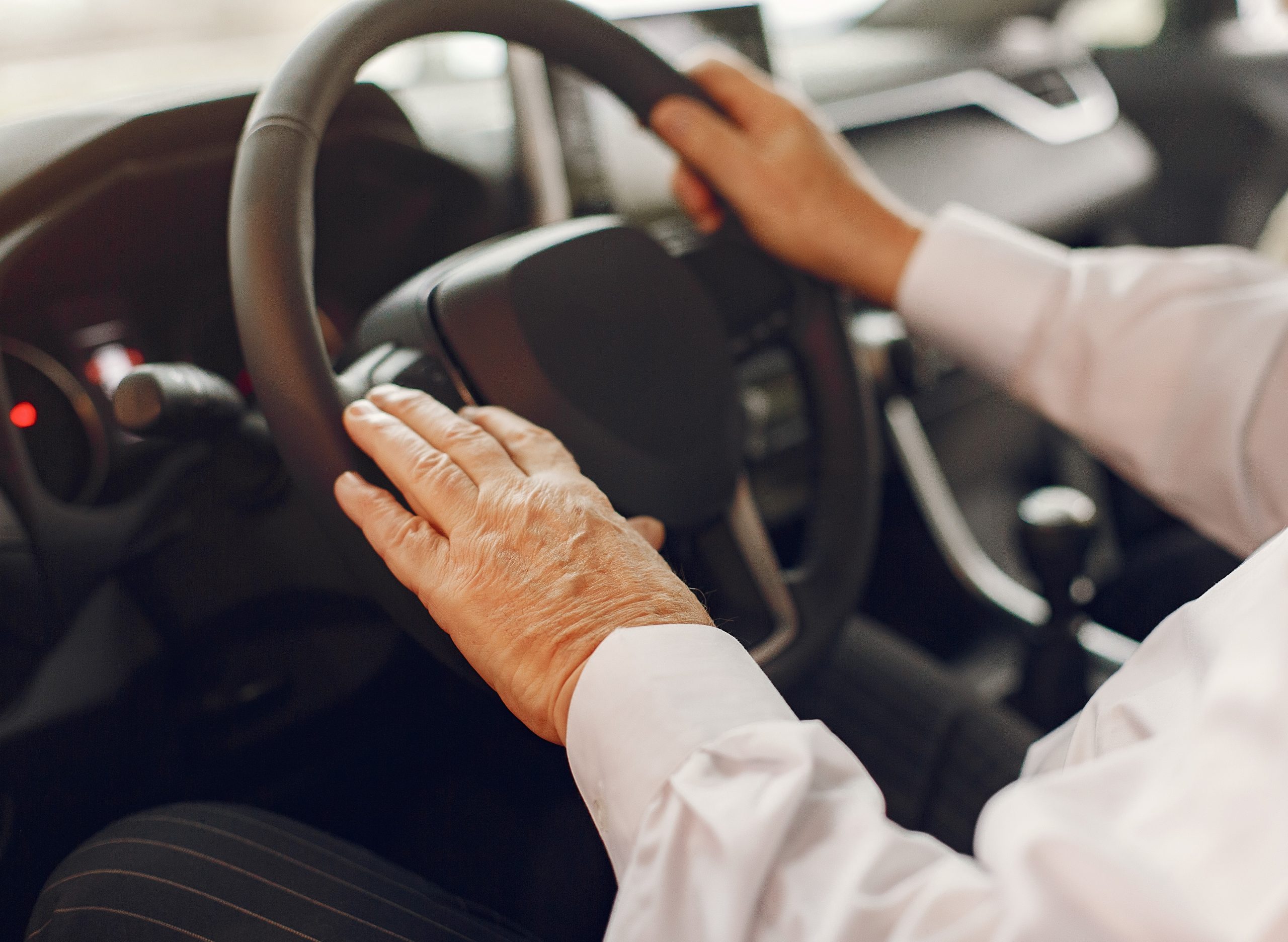
A safe driver avoids distractions and alcohol, uses a safety belt, and routinely screens for changes in hearing and eyesight. If a driver is taking medication, it is important to know how the drug may impact the ability to drive.

Freezing conditions, holiday decorating, heavy luggage bags, rearranged furniture, winter sports, and drinking can all create the conditions for injuries.

Our bones need a well-rounded diet with calcium, vitamin D, and other vitamins/minerals to be healthy. Our bodies cannot make calcium, it needs to be consumed through the diet. Vitamin D helps your body to absorb the calcium you have eaten. Vitamin D is produced by the body in response to sun exposure but can also be taken as a supplement. For details on how much to supplement and other vitamins and minerals that support bone health, visit the link below.
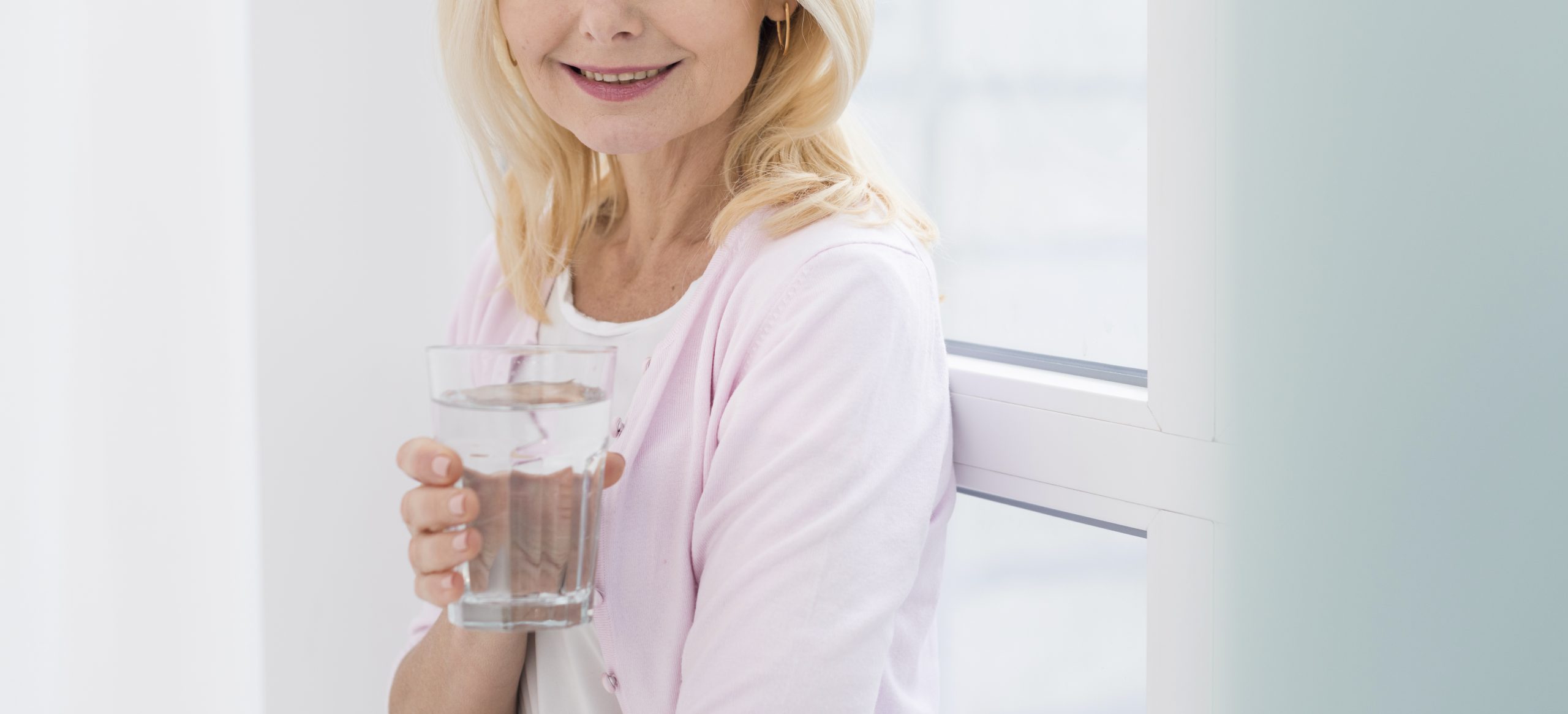
Dehydration can be a factor in joint pain. Your body and joint tissues need a lot of water to function at their best. Most adults need more than 64oz of water every day and more during exercise.
Synovial fluid in the joints helps to prevent friction as the bones move past each other. Cartilage, which is a tough, flexible tissue found at the end of your bones, is comprised of 70% water. It acts as shock absorption when you place weight on the joint. Muscles need water or they are prone to cramping. Blood is also comprised of water. Increased blood volume helps to circulate through the body and joints bringing fresh nutrients and removing waste.

